15 '50s Cars That Were Just Really Ugly
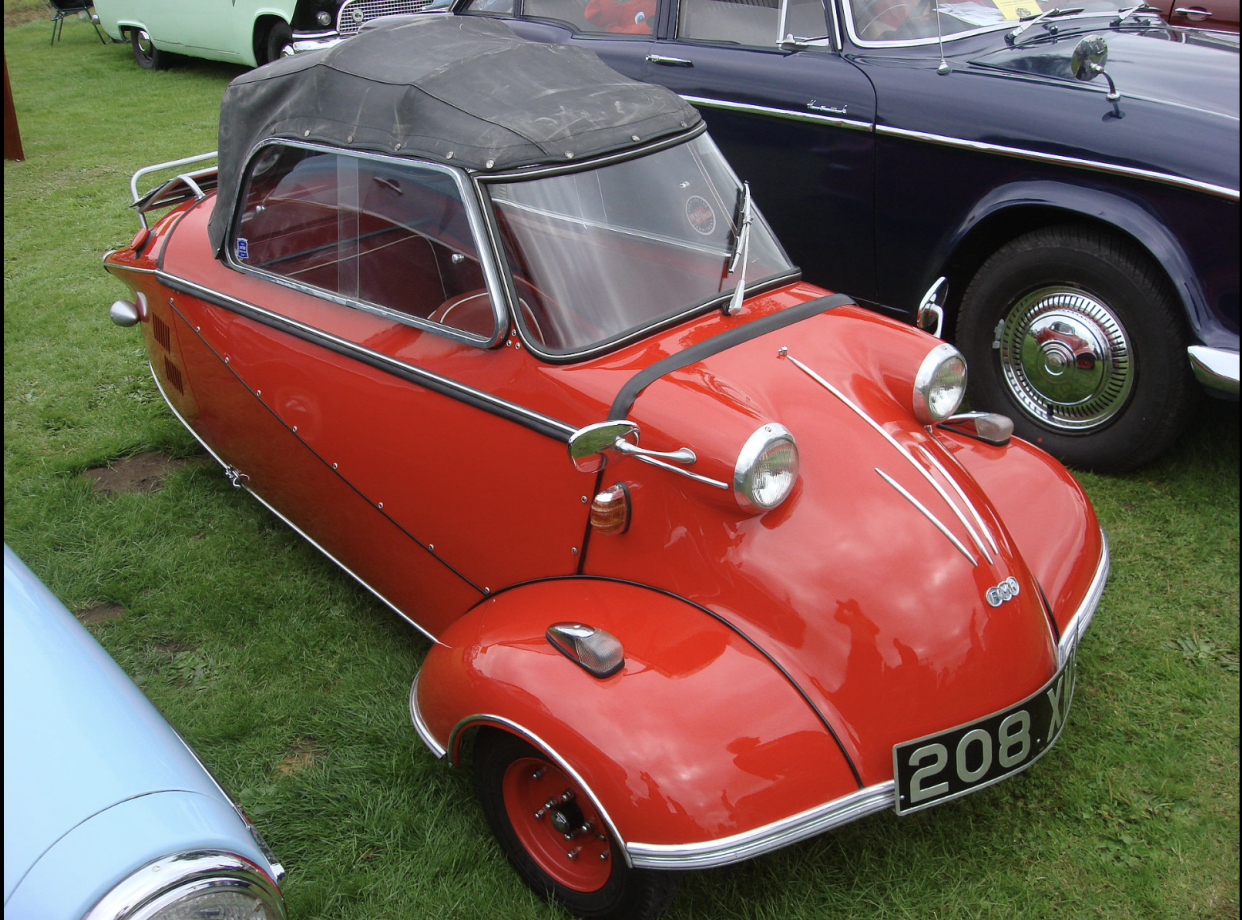
Eyesores on Wheels
Cars in the 1950s were visually striking, and not always for good reasons. While the decade produced such enduring automotive beauties as the classic Corvette, it also gave us a lot of cars that were unsightly, off-putting, or just downright ugly. Sorry, there’s no nice way to say it.
These are our picks for the 15 ugliest cars of the 1950s. We appreciate the creativity that inspired many of the designs, and we know many car enthusiasts love them specifically for their unique looks. But visually, they’re just not our speed, (sorry, not sorry.)
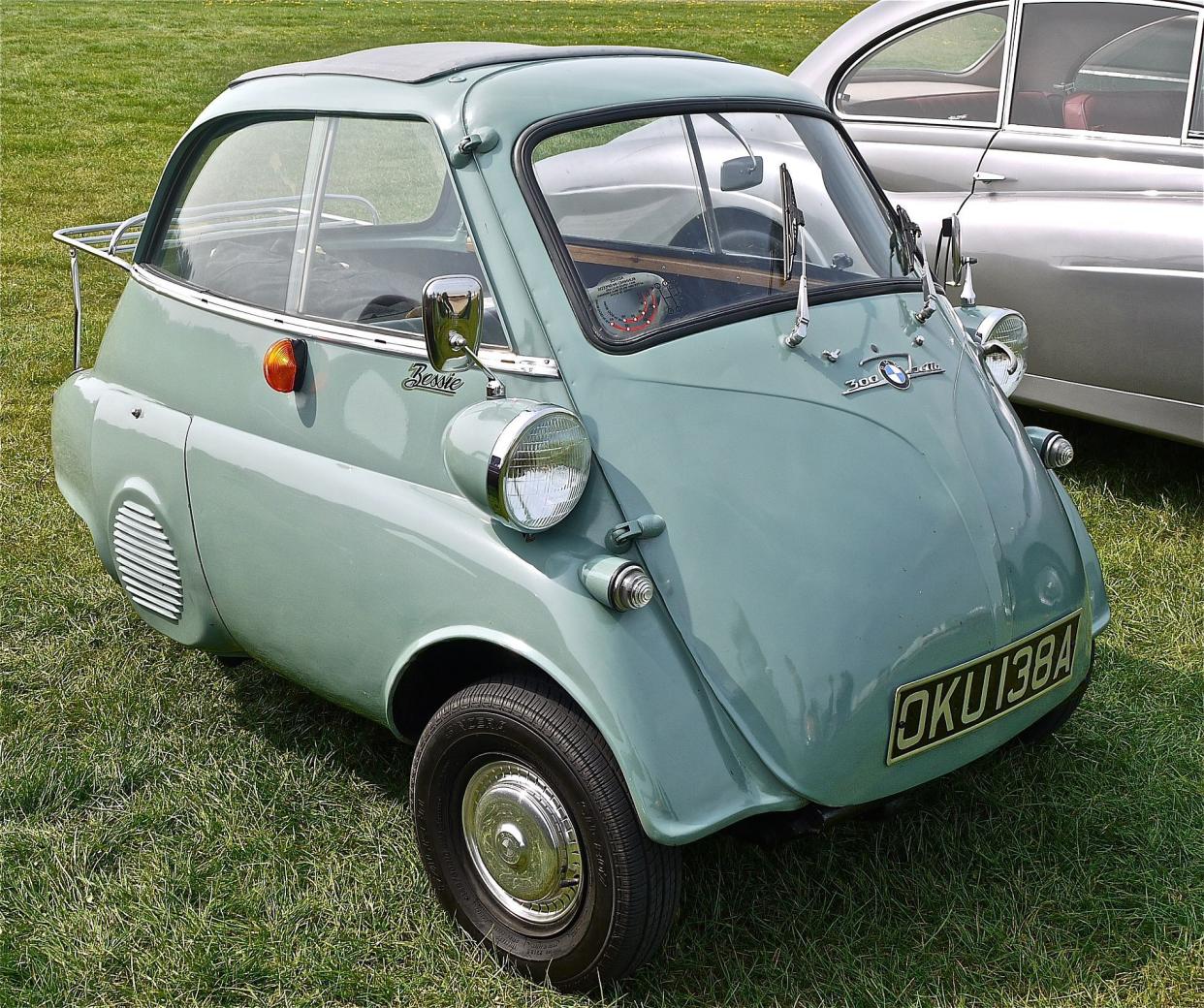
1. BMW Isetta
The BMW Isetta was introduced in 1955, and over 160,000 units were made from 1955 to 1962 —it was the top-selling single-cylinder car in the world. But we wonder why? All you have to do is look at a photo to see why it qualifies as “downright ugly.” Sure, its tiny size and squashed design probably came in handy in densely populated areas, but it looks so unbelievably stupid that it almost begs passers-by to deface it. It was driven by Steve Urkel on the television sitcom “Family Matters,” if you really needed the point driven home that you don’t want to be caught dead in this thing.
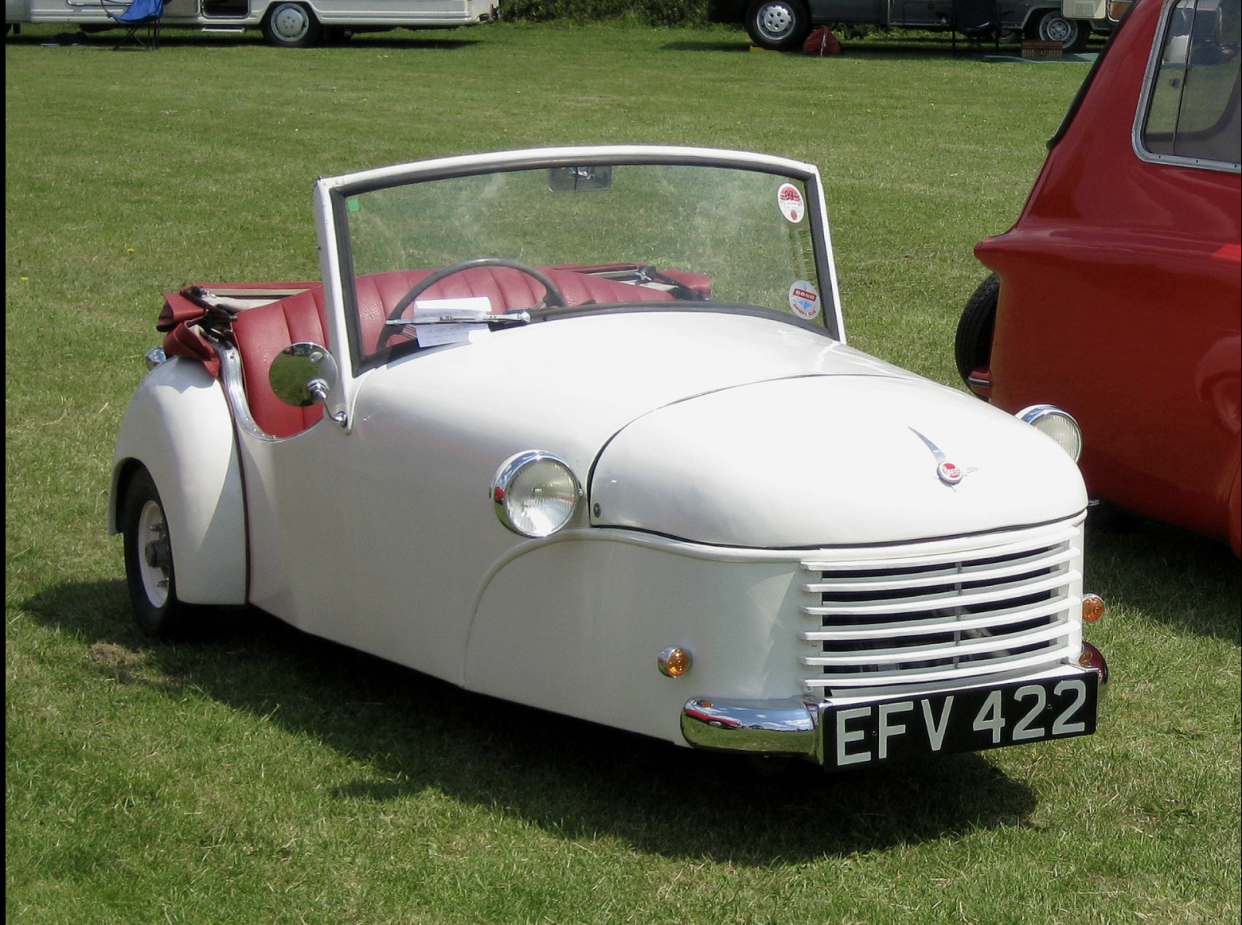
2. Bond Minicar
From some angles, the Bond Minicar looks unfinished, as if the person building it got bored and gave up before putting both front wheels on. From other angles, it looked like someone had taken a standard car and sawed off its back half. In reality, it had three wheels, which was popular in the UK because consumers had to pay less taxes on it. It had a successful run that lasted from 1949 until 1966, but it still looked utterly bizarre and basically announced to passers-by that you could only afford about two-thirds of a car.
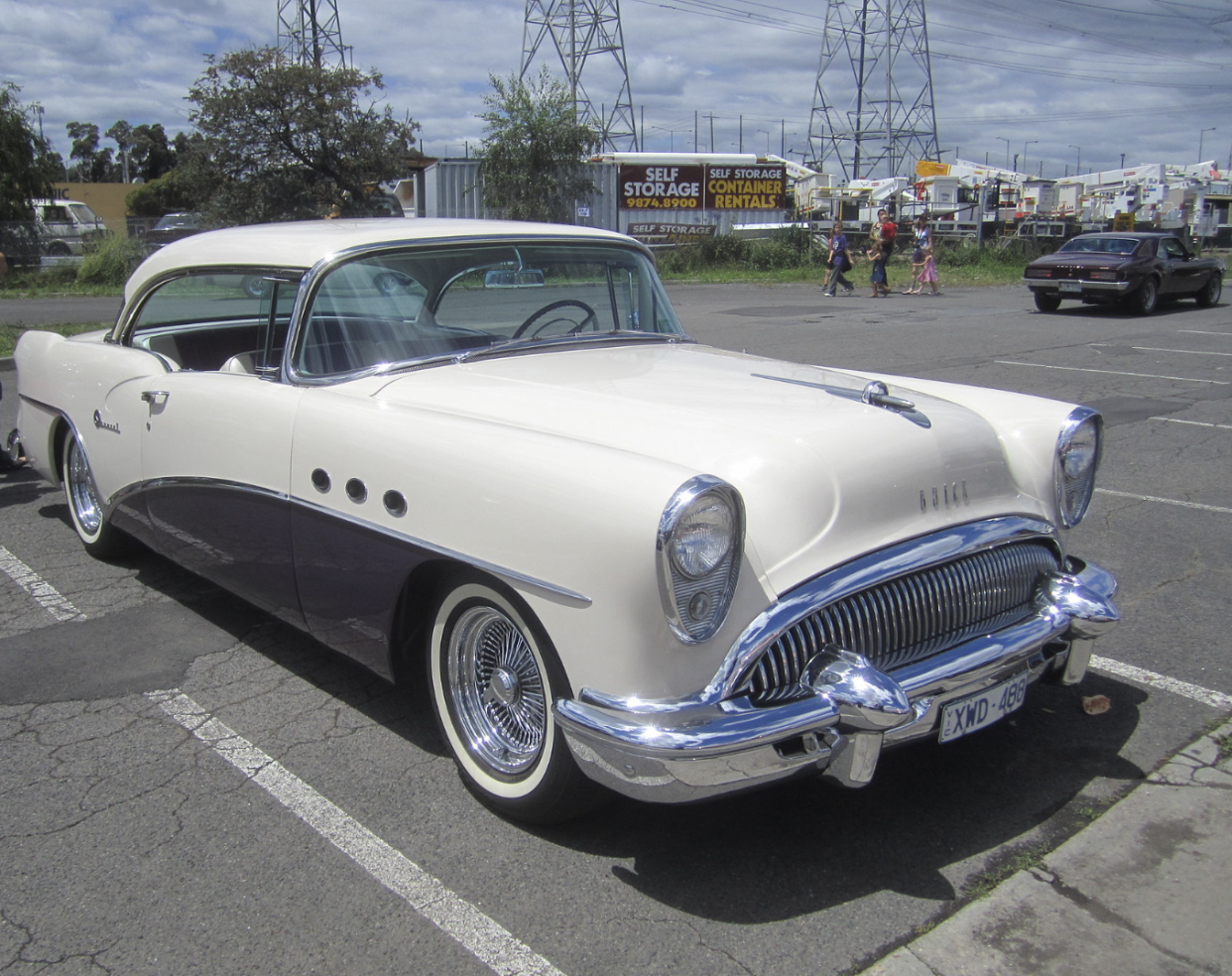
3. Buick (1954 Models)
The Buick is considered one of the less egregious-looking cars of the 1950s, but for some reason, that didn’t apply to the 1954 model year. The Century, Roadmaster, Special, and Super models that came out that year all had the same frowning grilles, and the headlights recalled a bleary-eyed person who hadn’t gotten enough sleep the night before. Someone must have sobered up at the Buick factory because these features were nowhere to be found on their cars manufactured in the next model year.
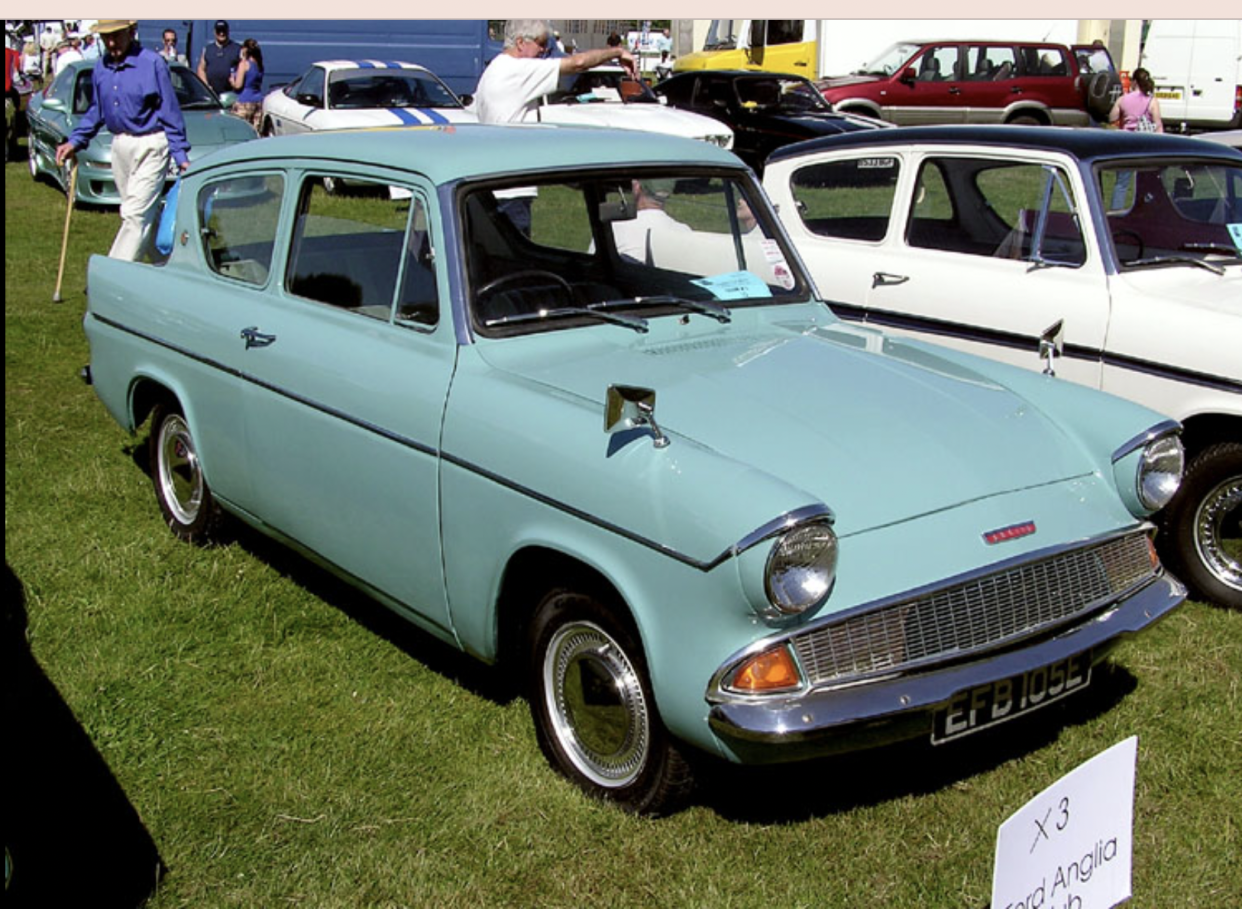
4. Ford Anglia 105E
This is a joke, right? The Ford Anglia 105E was manufactured from 1959 to 1967 and had a complete mess of a design, with all kinds of acute and obtuse angles on the body that make neither aerodynamic nor aesthetic sense. The whole body has problems, but the hands-down winner of the “Ugliest Feature” contest belongs to its back window area, which sits at a very bizarre angle and serves only to make the car look uniquely unappealing. If the phrase “What were they thinking?” were designed as an automobile, the 1959 Ford Anglia would be tough to beat, although there are some car enthusiasts who love it.
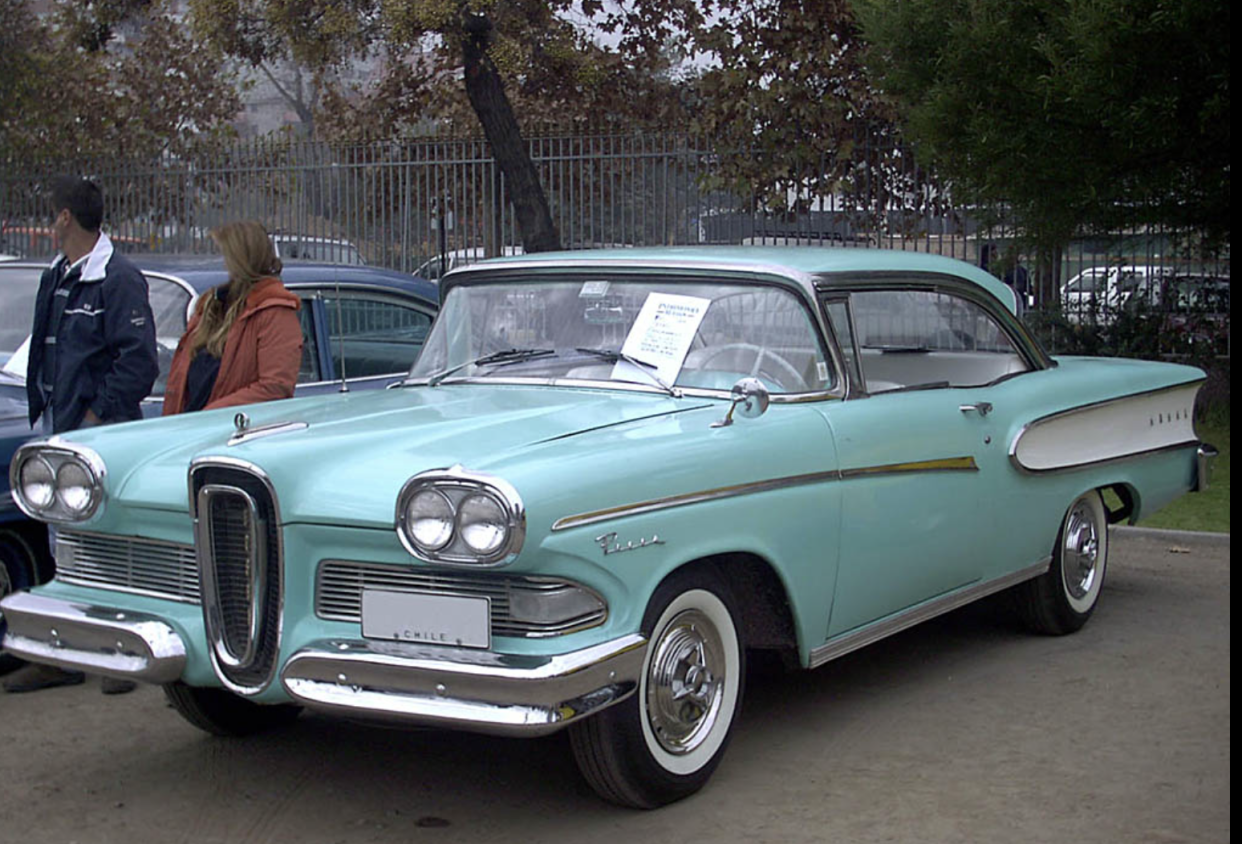
5. Ford Edsel
The Edsel was introduced in the 1958 model year, and to this day, it’s considered a lemon, an unforgivable mistake, and an affront to the American consumer. In reality, it was just another ugly and weird-looking car, with its wide headlights and the center grille, which resembled a part of the human anatomy that we won’t explain further. It was discontinued after the 1960 model year after the Edsel racked up a loss of $250 million, which amounts to $2.6 billion today.
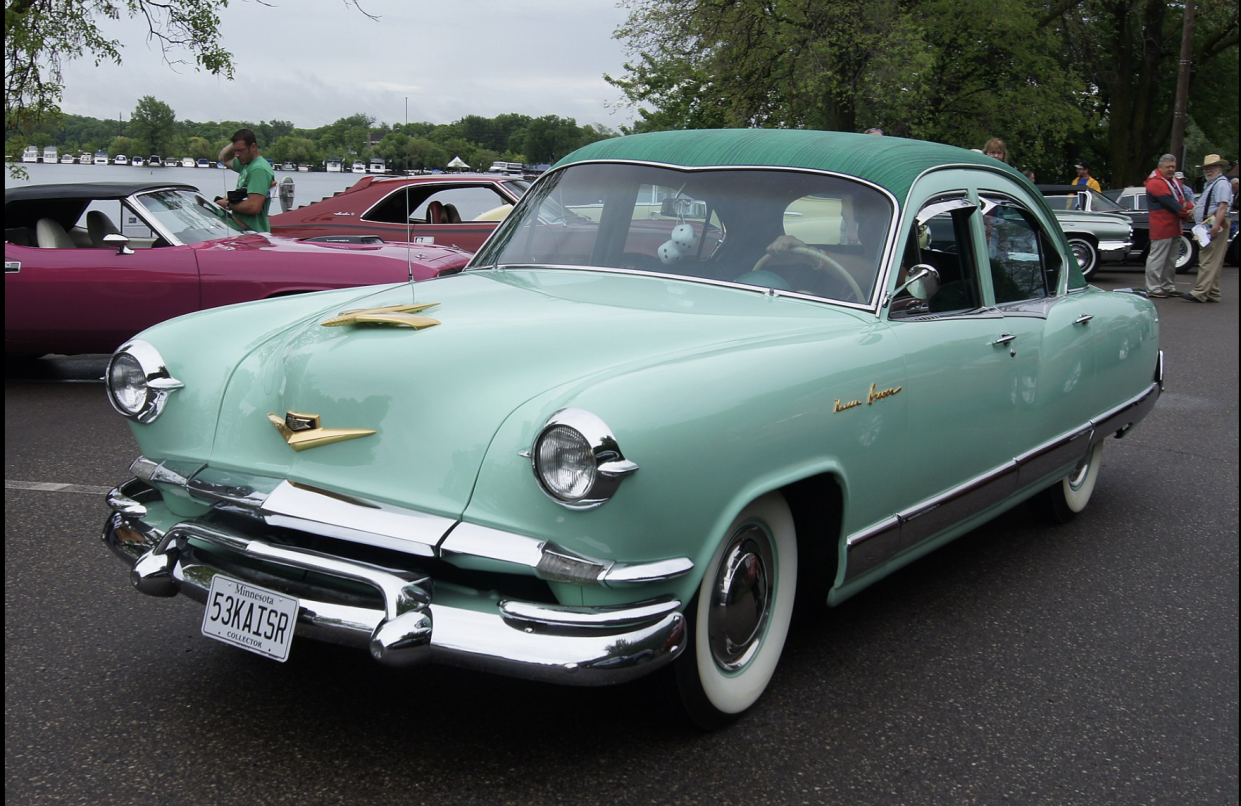
6. Kaiser Dragon
The Kaiser Dragon was in production in 1951 and 1953 with a one-year hiatus in between. It was so named for the vinyl roof that was said to look like the skin of a dragon. We would like to learn how they knew what the skin of a dragon looks like. Only 1,277 were produced, even though it could do all kinds of neat things, like drive down a flight of stairs.

7. Messerschmitt KR200
Just like with the BMW Isetta, you only need to look at a photo of the Messerschmitt KR200 if you want to lose a “Try Not to Laugh” challenge. It was in production from 1955 until 1964, after the German manufacturer Messerschmitt was prohibited from making aircraft after World War II, and the “KR” in its name stands for “Kabinenroller,” the German term for “scooter with cabin.” Its three-wheeled bubble car design makes it look like a spiritual precursor to today’s tiny smart cars, although the people who designed those at least had the good sense to give them four wheels.
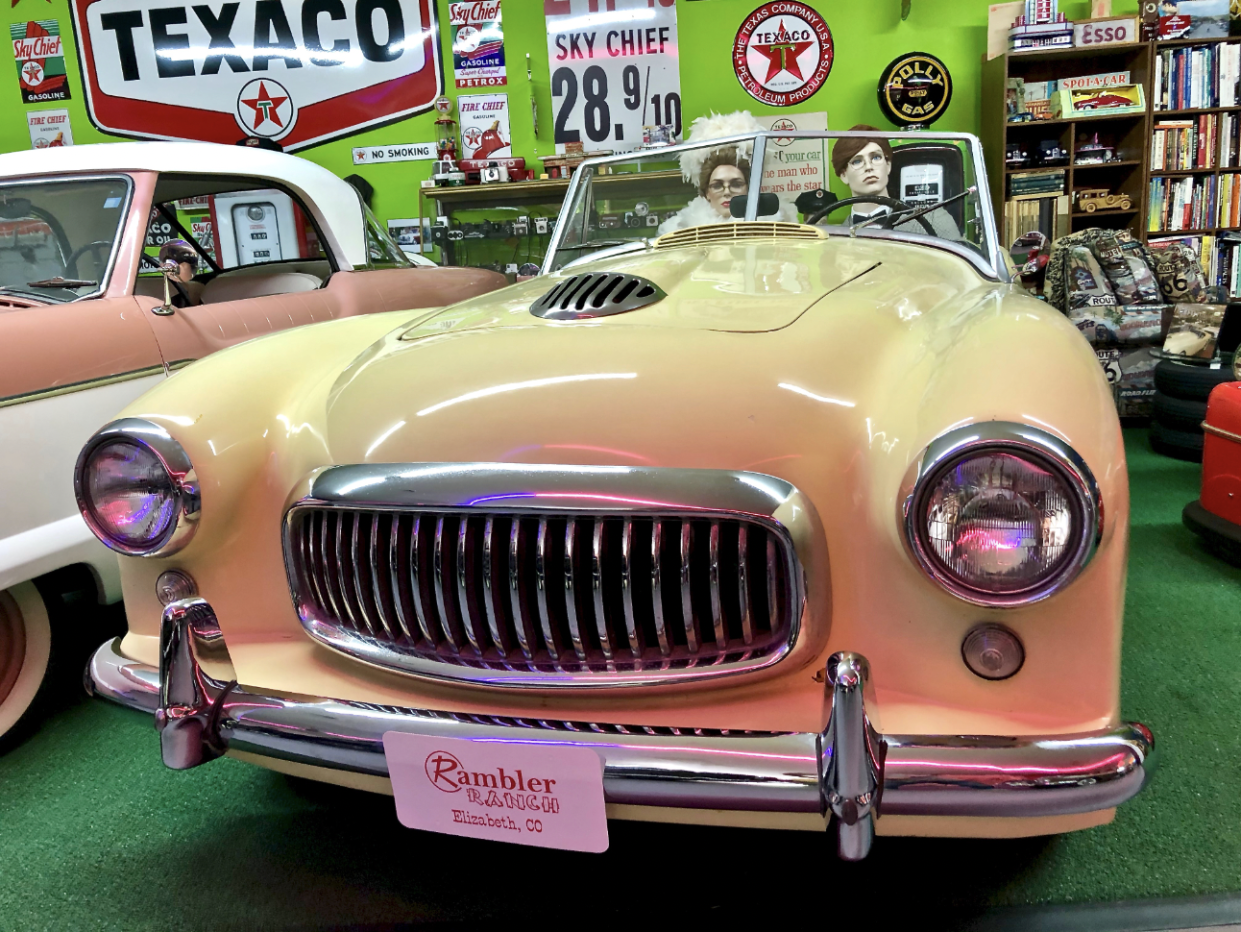
8. Nash-Healey
The Nash-Healey was introduced in 1950, discontinued in 1951, and reintroduced in 1952 until production stopped in 1954 and was a joint effort between North America’s Nash-Kelvinator and the British Donald Healey Motor Company. Its outer body was designed entirely by Healey so that company deserves 100% of the blame for its very perplexing look. Popular Mechanics referred to it as the first sports car available in the United States after the Depression. However, the headlights and grille are so tightly smashed together at the front that the car looks like the victim of a manufacturing error.
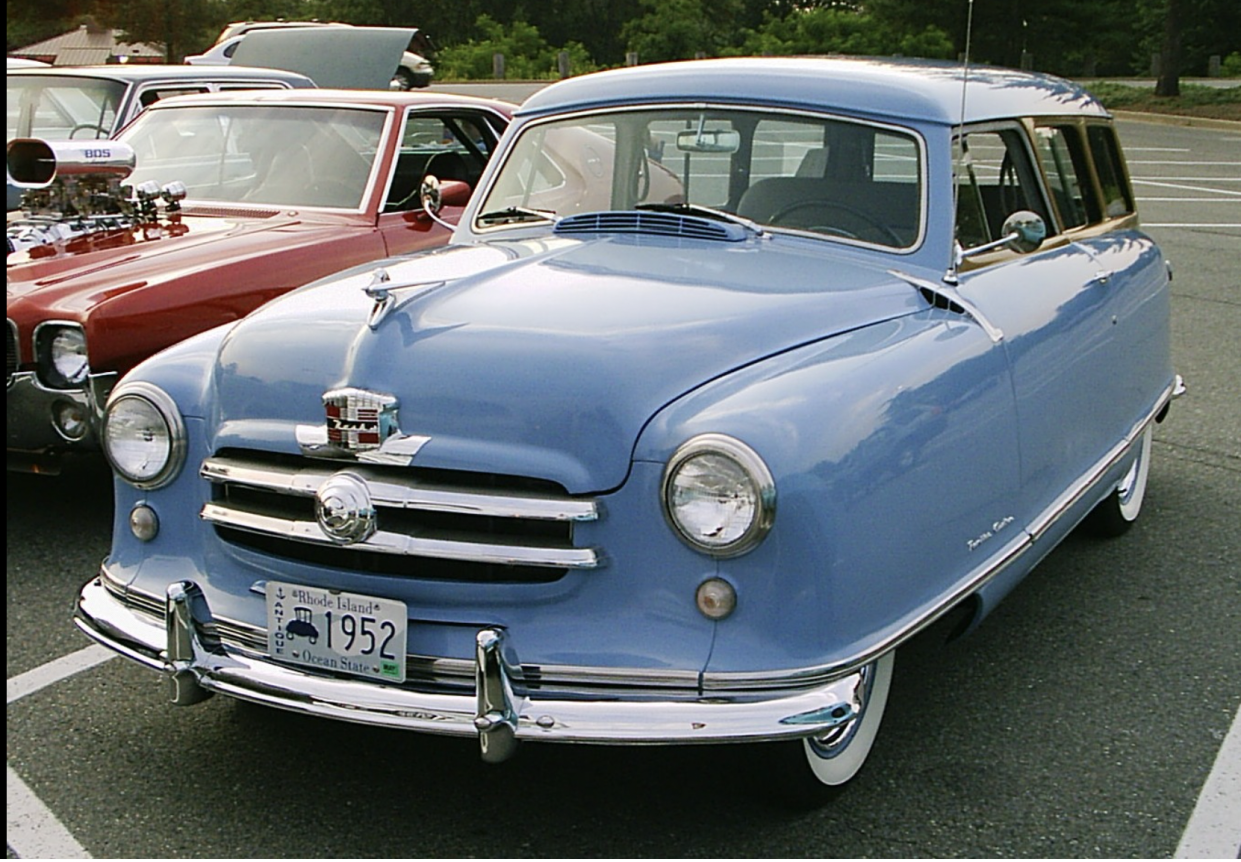
9. Nash Rambler
The Nash Rambler was produced from 1950 to 1955 and is acknowledged as the first American compact car ever made. It’s not the ugliest car ever manufactured (thank you, John DeLorean), but its design is clunky and awkward, and the body appears badly swollen. Its physical unsightliness is partially offset by the fact that the always lovely Emmylou Harris used a backing band called “The Nash Ramblers” on her 1992 live album “At the Ryman.”
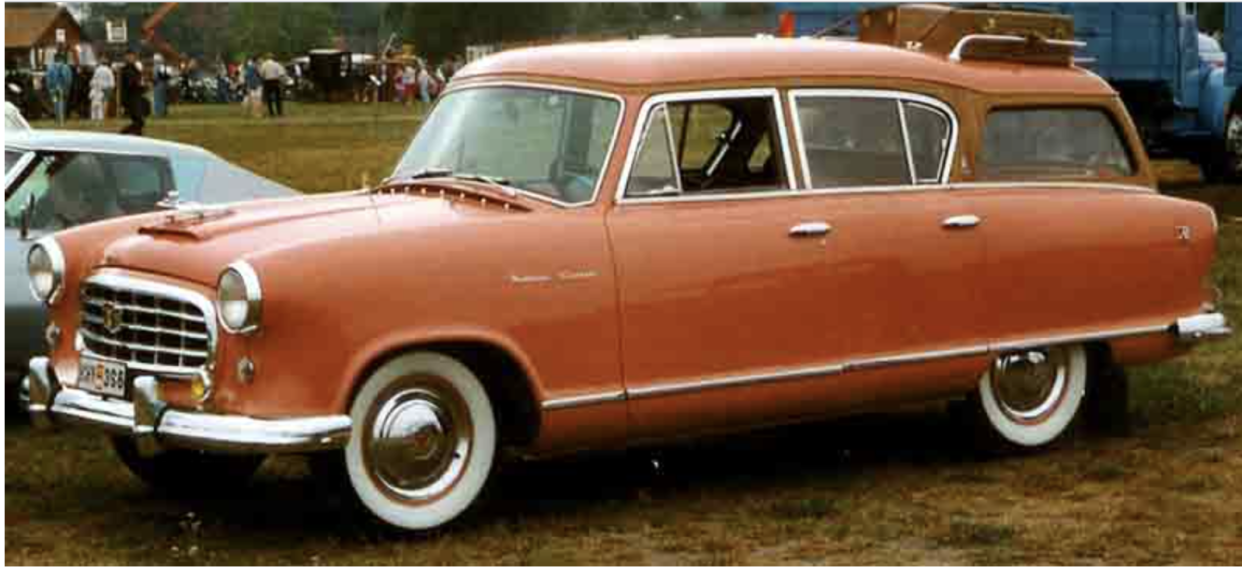
10. Nash Rambler Cross Country
The original Nash Rambler was already a tragic example of automotive design gone wrong. Still, people could at least take comfort in the idea that it could not be made any uglier. Well, that was before the Nash Rambler Cross Country rolled off the assembly line in 1956, and the original car’s curved roof was given a flat cargo bay. It looked all kinds of wrong, but ultimately, capitalism saved the day when Ford and Chevrolet started a price-cutting war, which made cars like the Nash Rambler Cross Country both too ugly and too expensive.
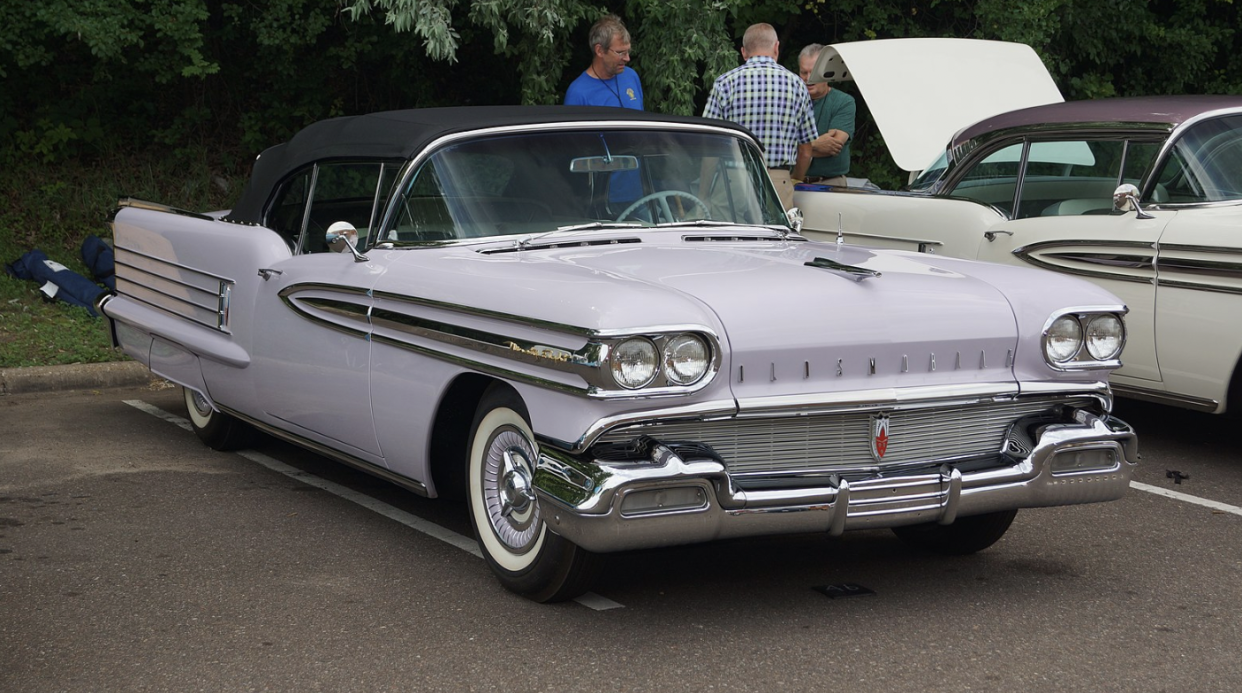
11. Oldsmobile 98
Introduced in 1958, the fifth-generation Oldsmobile 98 had a very ugly front end with four headlights and lines going down the quarter panels that were likely believed to suggest speed and aerodynamic design to the consumer. In reality, they just look like random lines added to the side because no one knew how to make the car look snazzy otherwise. It went through multiple iterations until it was discontinued in 1996, a long run for an ugly car.
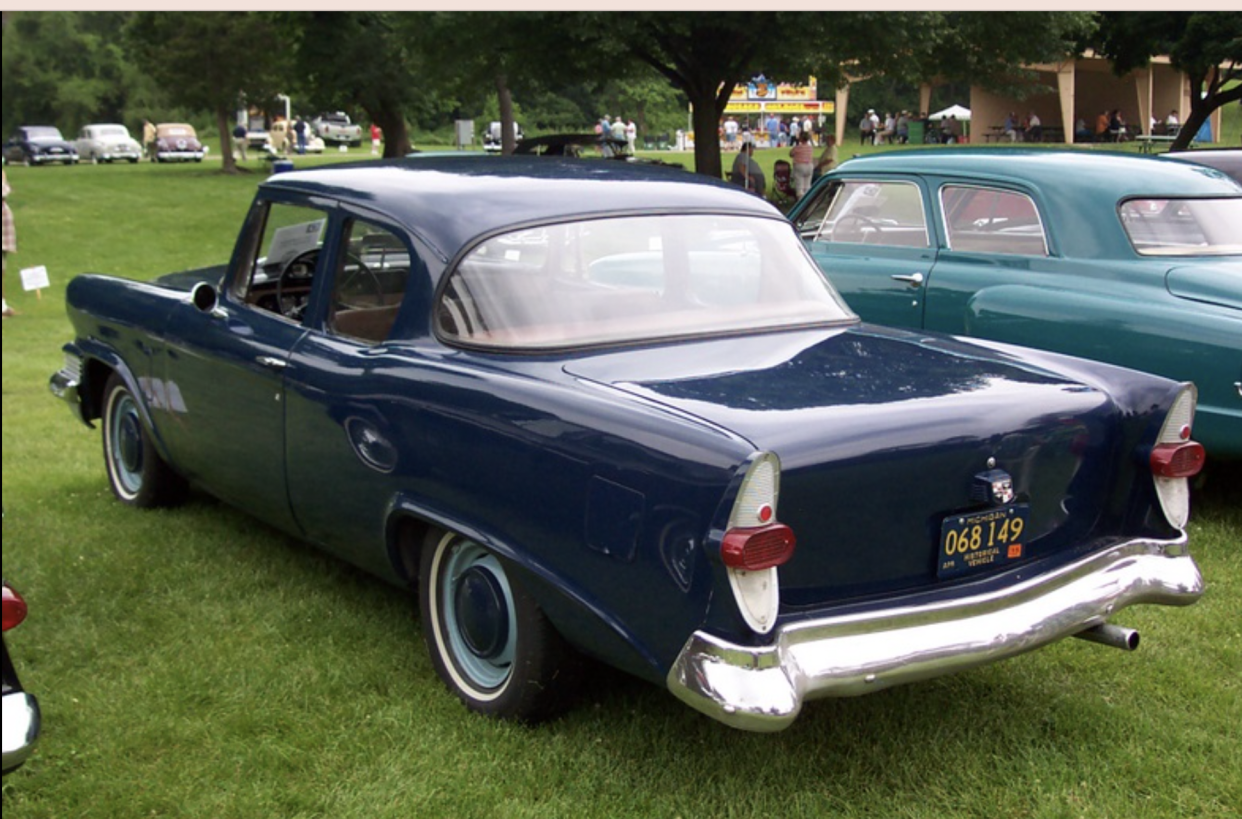
12. Studebaker Champion Scotsman
Introduced in 1957 and discontinued in 1958, the Studebaker Champion Scotsman was free of a lot of the bells and whistles used to decorate other cars of the era. While it’s admirable to make a vehicle whose lack of extras results in a lower price, it had cardboard (!) door panels, and closer inspection revealed that the hubcaps were painted on. It had no radio, and the windshield wipers would slow down when the engine was under duress. Still, the most egregious part is the name, which appears to trade upon stereotypes of Scottish people as irredeemable cheapskates.
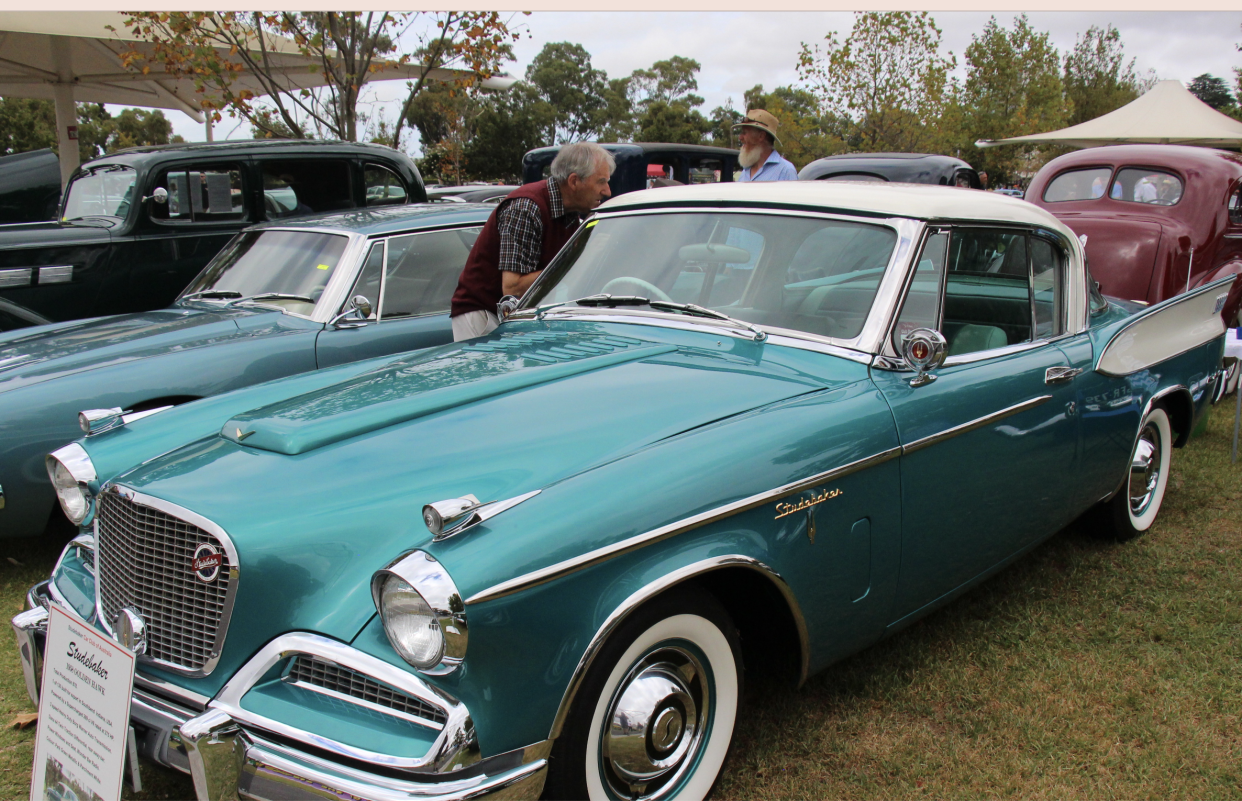
13. Studebaker Hawk
Studebaker’s Hawk line was introduced in 1956 in several different configurations – the Golden Hawk, the Flight Hawk, the Silver Hawk, and the Golden Hawk 400. The front has a supremely ugly grille and a bunch of random chrome bits all over it, and the back of the Golden Hawk variant features Studebaker’s trademark tail fins in a comically large size. It was discontinued in 1962 and replaced with the Gran Turismo Hawk, whose design was much less jarring and displeasing to the human eye.
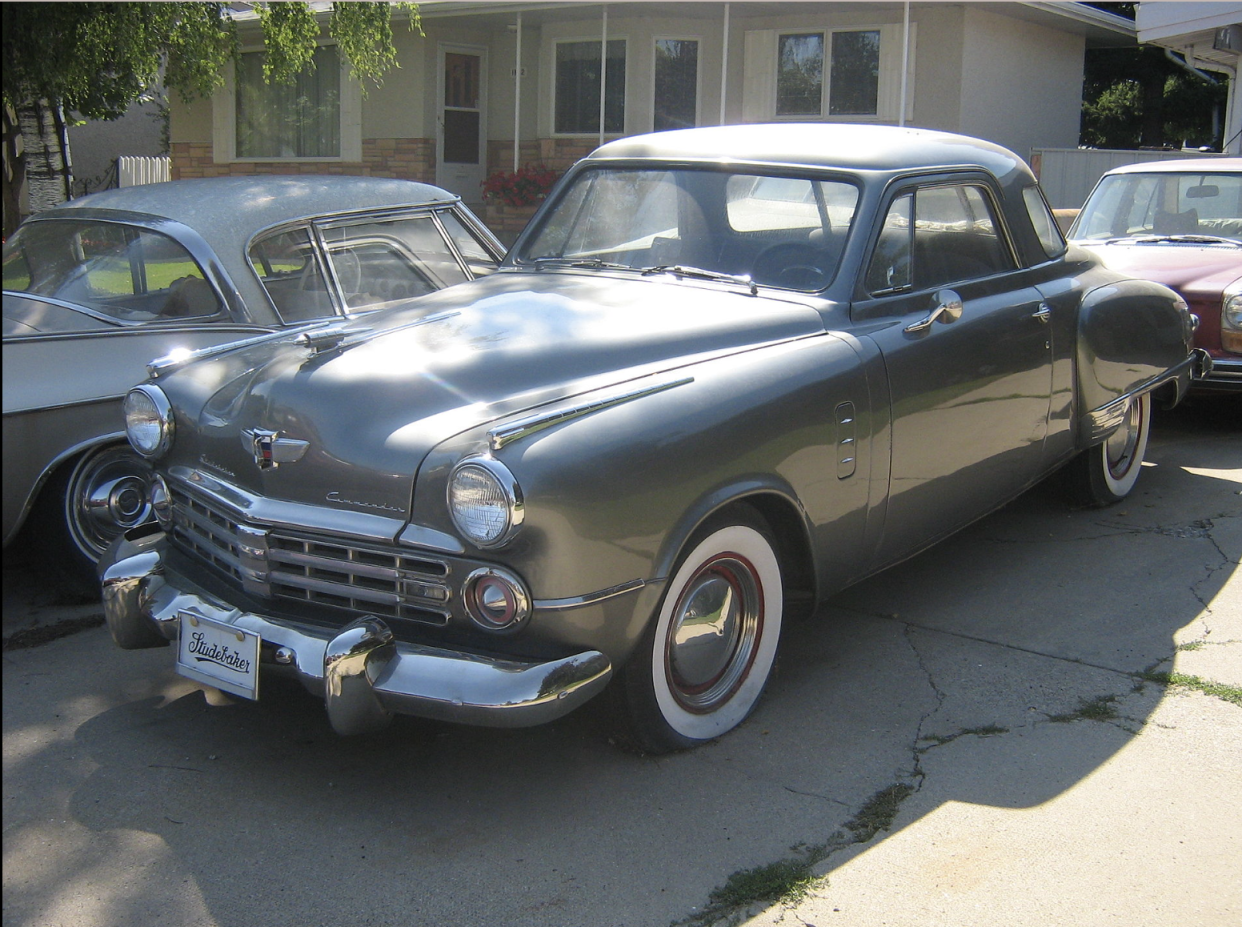
14. Studebaker Starlight Coupe
Car collectors and enthusiasts are fascinated with Studebakers, whose unique designs are instantly recognizable and distinctive. The Starlight coupe was in production from 1947 until 1952, and visually, it was distinguished by its two-door body, very long trunk, and wraparound rear window. From certain angles, it looked like two cars conjoined at the front, giving it an appearance that suggests some science experiment gone wrong.
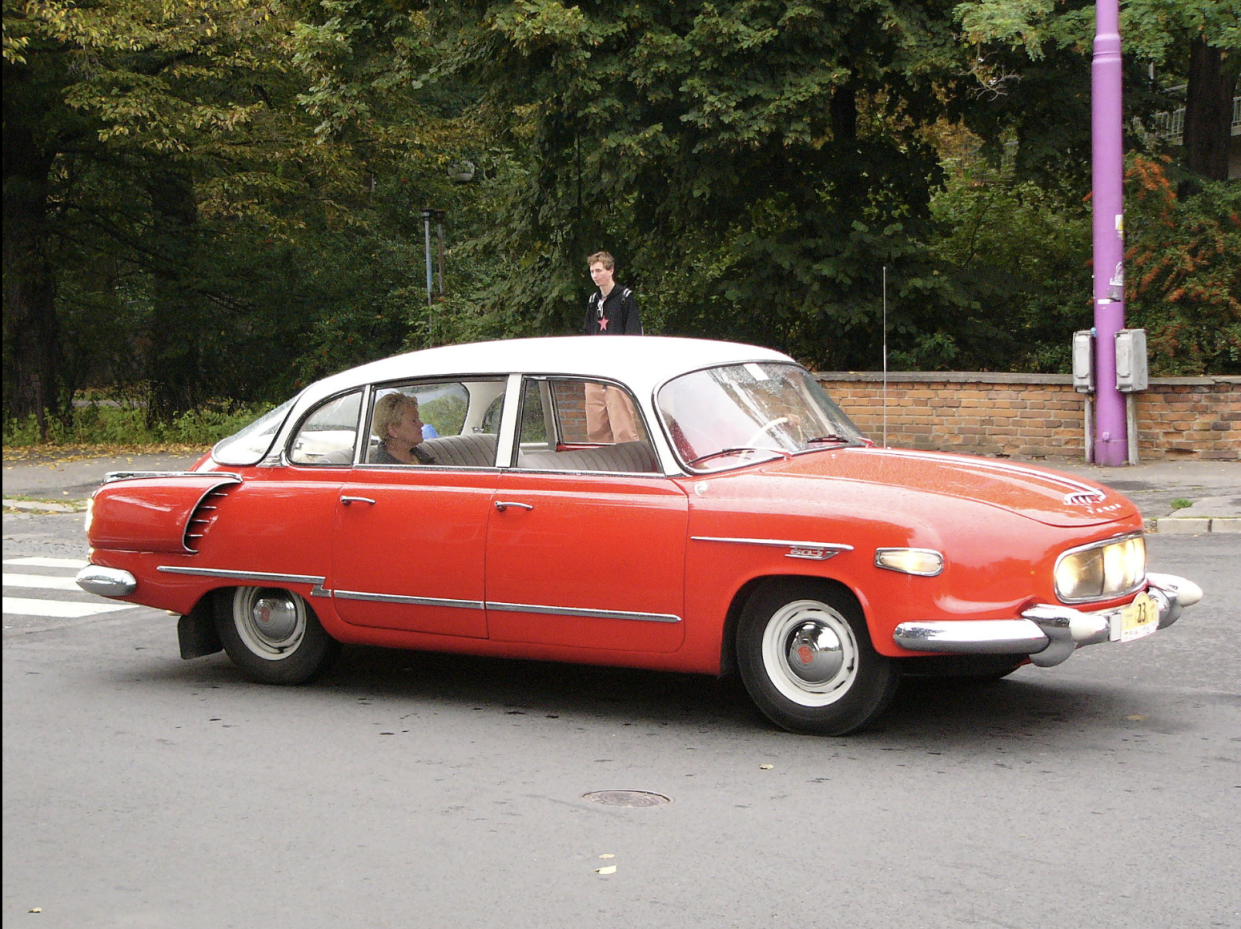
15. Tatra 603
Manufactured in the land formerly known as Czechoslovakia, the Tatra 603 was introduced in the 1958 model year and had many of the same bulges as cars manufactured outside of the Soviet Union. The black ones straight-up looked like a hearse, albeit one with a curved roof, and had three headlights on the front – the two on the outside were fixed in place, and the middle one could rotate, maybe to give extra headlight power to the driver. It stayed in production until 1975.
This article was produced and syndicated by MediaFeed.
